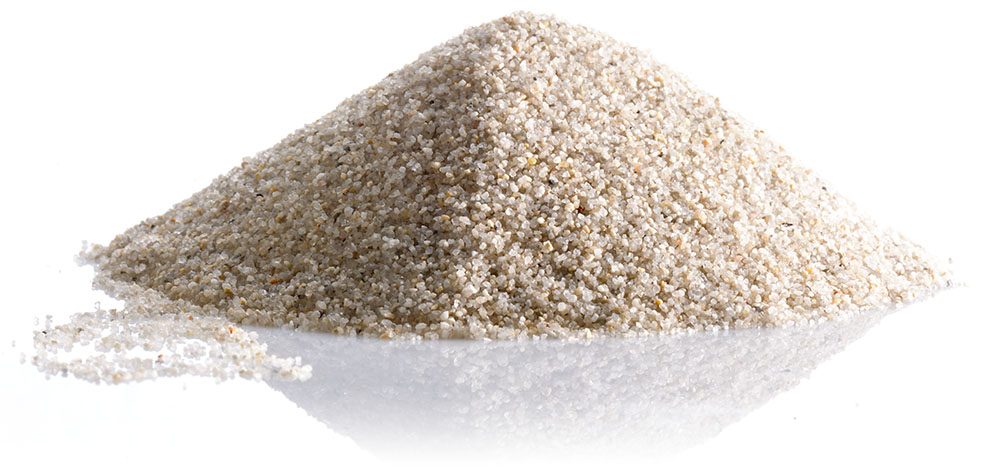Is a good quartz mine equal to a good quartz sand?

Quartz sand is mainly used in two segments in the photovoltaic industry: photovoltaic glass and crucible. Among them, photovoltaic glass has low requirements on the purity of quartz sand, SiO2 ≥ 98.55%, and high light transmittance of glass is mainly required.
But the quartz sand used in the crucible is much stricter. The quartz crucible is basically translucent and is divided into three layers: the outer layer (opaque layer) and the middle inner layer (vacuum transparent layer). The inner layer affects the success rate of single crystal growth and the quality of the crystal rod, so the quality of the inner layer sand is relatively high, and imported ones are generally used, such as Unimin from the United States and TQC from Norway. The outer layer contains a large number of air bubbles, which is heated evenly and has a good thermal insulation effect. Domestic enterprises mainly make sand for the inner and outer layers of the crucible.
Quartz mines are widely distributed around the world, and industrial quartz mines include natural crystal, quartz sandstone, vein quartz, powder quartz, natural quartz sand and granite. However, the application fields of different types of sand are different. For example, some are suitable for the production of quartz tubes and quartz rods, so not all these minerals can be used to produce quartz crucibles.
In fact, there are very few deposits that are really suitable for producing quartz crucibles, mainly concentrated in the United States, Norway and India. At present, there are only three companies in the world that can mass-produce high-purity quartz sand, namely Unimin in the United States, TQC in Norway and domestic quartz shares.
Quartz sand is a natural resource, and the scarcity of ore is the key to restricting the supply of high-purity quartz sand. Unimin and TOC use mines in the United States, but since quartz mines are associated mines, it is difficult to accurately measure the output. In addition, companies such as Unimin are highly integrated, and quartz is only a part of it, and because it is an associated mine, to increase the output of quartz, it is necessary to increase other products accordingly. Therefore, the relative expansion is limited. In addition, in addition to producing photovoltaic sand, Unimin also produces semiconducting sand, and semiconducting sand is more expensive, so there is insufficient power to transfer production capacity.
Except for the mines in the United States, which are Indian mines, because very few domestic quartz sand mines can be used as crucibles, domestic companies mainly buy mines from India, and most of the quartz shares use Indian mines. The sand from the Indian mine has few bubbles after being made into a product, is easy to purify, and has a moderate cost, which is suitable for crucible sand.
Therefore, it is not the purification technology that really restricts the production capacity of high-purity quartz sand, because the domestic purification technology is not weaker than that of foreign countries, and the core is the resource of the ore. It can be said that “whoever has good ore will have good sand”.
